By Yvonne Liu (UC Berkeley)
Nothing brings people together across cultures like food.
In the fall semester of my senior year, I embarked on a transformative journey with UCEAP’s study abroad program called Sustainable Food Systems in the Mediterranean. On the program, I traced the history, culture, and politics of the Mediterranean through the lens of food. In each city, our tight-knit cohort of 20 students explored the intricate connections of food and culture through the culinary capitals of Florence, Sicily, and Barcelona.
As the saying goes, study abroad changed me. I’ve always had a love for food, and this once-in-a-lifetime adventure was an opportunity to explore what each local dish can tell us about discovery, connection, and tradition.
Here are the food experiences that defined my Mediterranean study abroad experience and what I learned through each.
Connection through Pasta-making in Florence
Our program began in August in Florence. We started at Mercato Centrale Firenze (the central market of Florence) to buy produce and practice our Italian with local vendors. We then carried the fresh tomatoes and basil to our class at the Chefactory Cooking Academy.
The menu of the day was bruschetta, balsamic chicken, pesto pasta, and tiramisu.
Making pasta from scratch was therapeutic and educational. Kneading the simple dough, rolling it and cutting it into different shapes taught me to appreciate the craftsmanship behind this staple food in Italy.
As we laughed and shared stories, I felt a profound sense of friendship and belonging.
It was in this first class that I realized how much impact food has on our ability to connect with others. It was the first time I felt truly confident that I could thrive in this new country far away from home. The simple act of cooking and sharing a meal established a strong foundation for the relationships we would continue to build throughout our semester abroad.
Continuing my journey of connection, TikTok led me to All’Antico Vinaio—a sandwich shop that lives up to its viral fame. The long-awaited sandwich was the perfect blend of flavors: salty prosciutto, semi-aged pecorino cheese, cream of truffle and fresh arugula nestled in crispy focaccia bread.
Finally biting into that sandwich standing in the streets of Florence with people from all over the world was a further revelation of how food brings people of all cultures together. This simple, delicious sandwich that became famous over social media demonstrated to me how small businesses are an important part of the global food map. Places like All-Antico Vinaio are not only the backbone of the local economy, they also offer unique food experiences that simply can’t be replicated.
Independence with Pizza and a Cat in Rome
My first solo trip was to Rome during a break between our program’s transition between Florence and the next stop—Sicily. I stayed at a family friend’s apartment, where my Italian skills were tested, and she had a friendly cat who kept me company.
This trip was a time of great introspection, where I learned how to be independent and keep myself company in the chaos and heat of Rome during high tourist season. Navigating the crowded streets, landmarks, and markets also taught me a lot about the simple joy in small, meaningful moments.
The cat became my quiet companion in the evenings, offering a sense of comfort and companionship that was crucial during the moments of solitude. I indulged in the classic Roman meal: an Italian pizza with fresh tomatoes, mozzarella, squash blossoms, and anchovies to set the tone for my continued culinary adventure.
Just as the pizza relied on a few high-quality ingredients to create something wonderful, my solo journey depended on embracing my independence and relying on simplicity—the perfect introduction to the Mediterranean diet I was about to explore in depth on the second city of the program.
Balance with Seafood and Charcuterie in Siracusa
The second destination in our study abroad program was the historic coastal city of Siracusa, Sicily. After our morning class about Social Activism in Food Systems, we would stroll to the beach, find a comfortable spot on the rocks, and bask in the sun while savoring the freshest fried calamari I’ve ever tasted. The seafood was caught that morning, fried to crispy perfection, and served with a slice of lemon. The simplicity and freshness of the dish captured the essence of the Mediterranean.
It was in these moments, amidst the busy academic schedule, that I discovered the Italian version of work-life balance. I reflected on the hustle and stress that is academic life at university back home and contrasted it with these serene lunches by the sea.
While in Siracusa, we celebrated a friend’s birthday with a homemade charcuterie board at our apartment. The board was a colorful array of pears, goat cheese, pecorino, grapes, and cured meats–each item hand-selected at the local markets. This charcuterie wasn’t just about the food, though—it was about the experience of sharing and celebrating with friends and highlighted the Mediterranean tradition of communal eating.
Cooking in our Sicilian apartment with seven other girls made me feel at home in a foreign land. As we prepared and shared meals, we learned so much about each other’s backgrounds, cultures, and personal stories. Every night, dinners were a time to come together, unwind, and bond over delicious food. It was in these shared meals that we truly became a family away from home. The charcuterie board, which we used for many subsequent birthday celebrations, perfectly represented our diverse group and the connections we formed.
Tradition through Chocolate and Churros
Before we moved on to our third stop, we were introduced to the art and tradition of chocolate making. The process of making Modica chocolate involves grinding the cocoa beans on a stone while adding sugar crystals, resulting in a grainy texture. Making and tasting the chocolate was a revelation of the historical and cultural significance of food traditions in how they are preserved and passed down through generations.
This experience deepened my appreciation for the dedication and skill involved in creating artisanal food. It gave me a newfound respect for those who devote their lives to perfecting a craft and preserving traditional methods.
Our final stop was Barcelona, where we enjoyed traditional churros and hot chocolate at a famous café. The light and crispy churros were perfect for dipping into the rich hot chocolate–and it was the perfect ending to a scavenger hunt designed by the academic coordinator to learn about Barcelona’s architecture and culture.
As we shared our favorite parts of the city and discoveries in Barcelona over the sweet treats, I reflected on the cultural significance of food traditions and how each meal we’d had embodied more than mere sustenance. Every meal was a lesson in how food traditions bind us together while giving us the confidence to forge our own paths, creating a perfect harmony between honoring the past and embracing personal growth.
My journey taught me that connection and independence are not opposing forces but complementary elements—just as the Mediterranean way of life demonstrates how to balance cultural heritage with modern living. Through the shared language of food, I discovered that true connection transcends borders and languages, whether cooking pasta with friends or sharing a quiet meal with a friendly cat.
Learn about the connection between food and culture in these study abroad locations
- Savor the foods and flavors of Asia through street stalls and fine restaurants.
- Explore the diverse culinary offerings when you study abroad in South America.


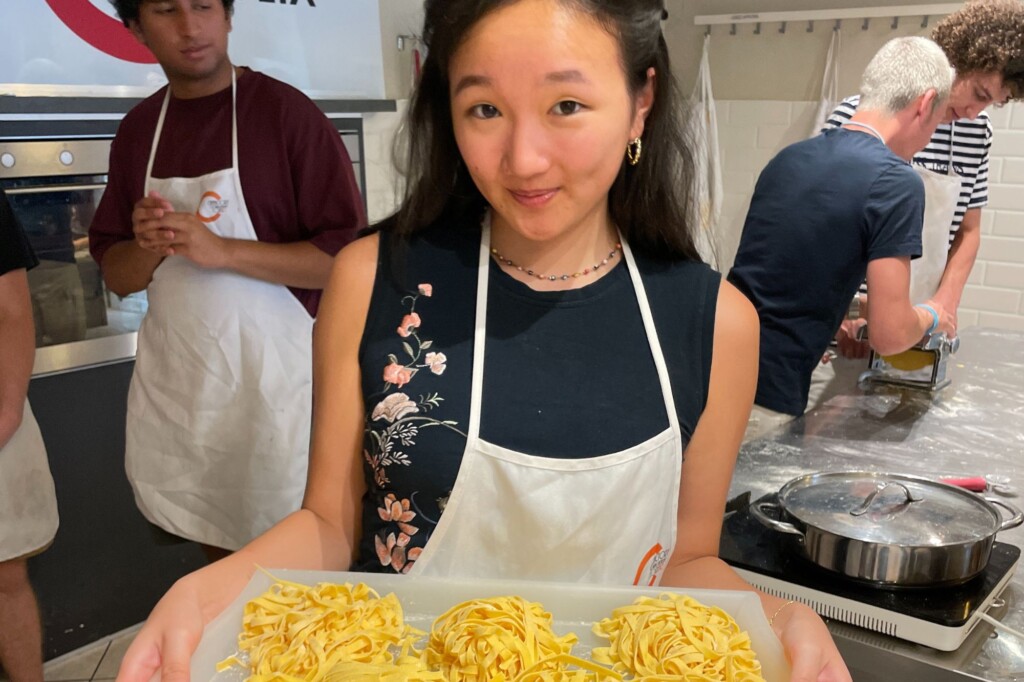
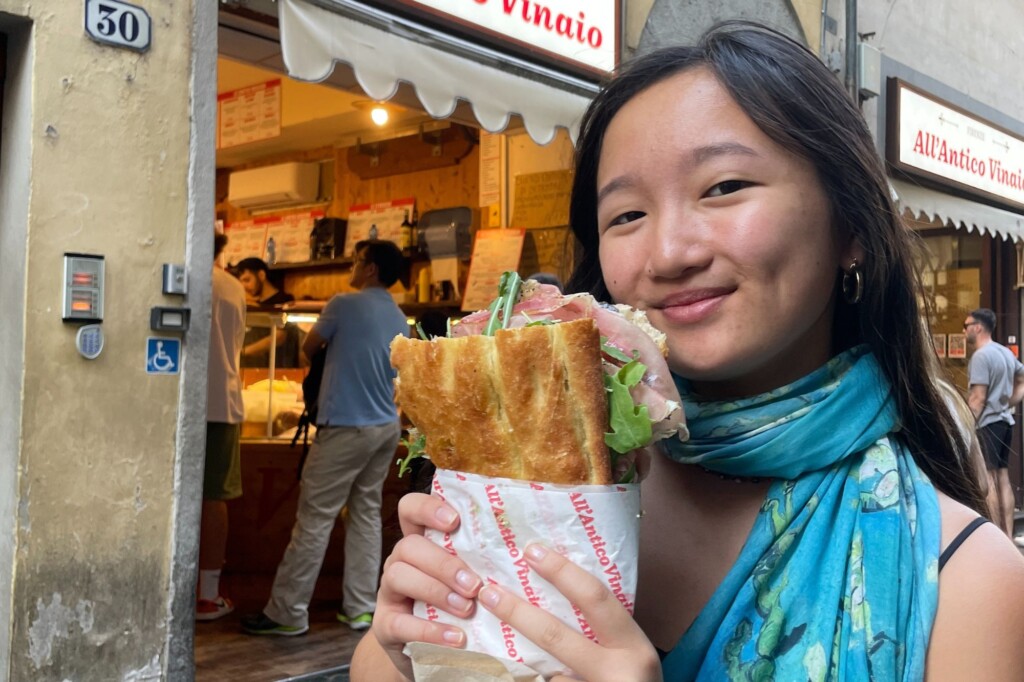
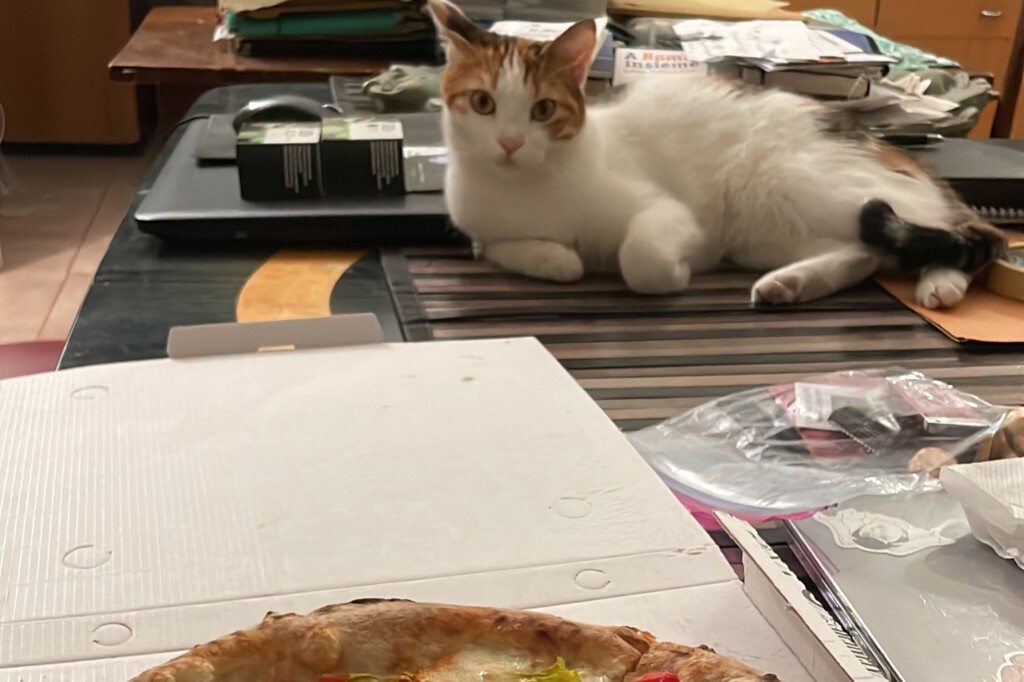
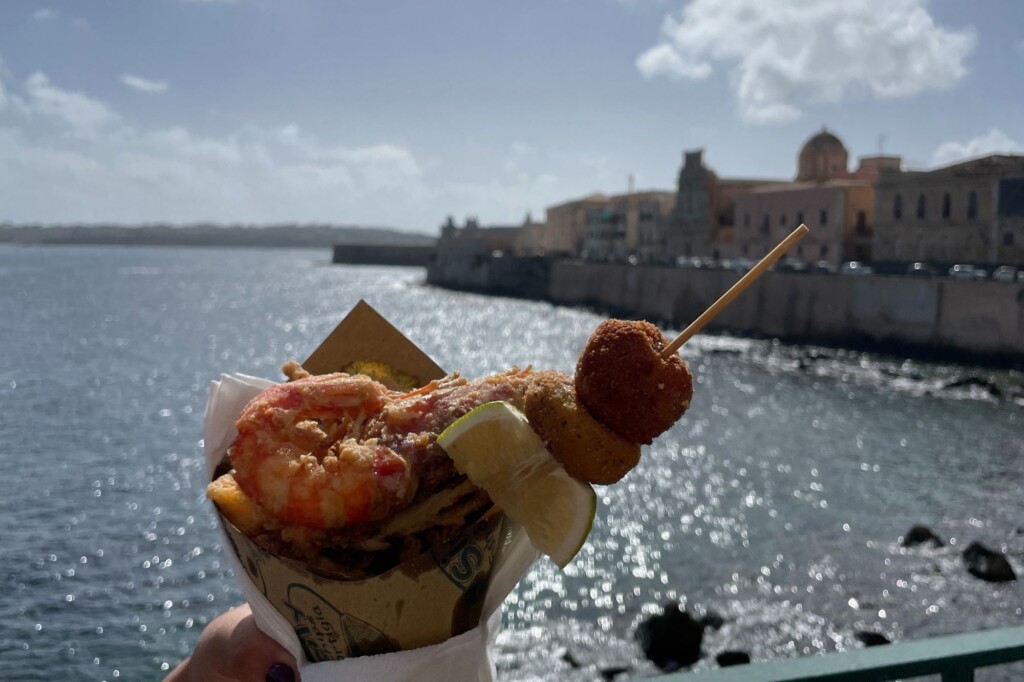
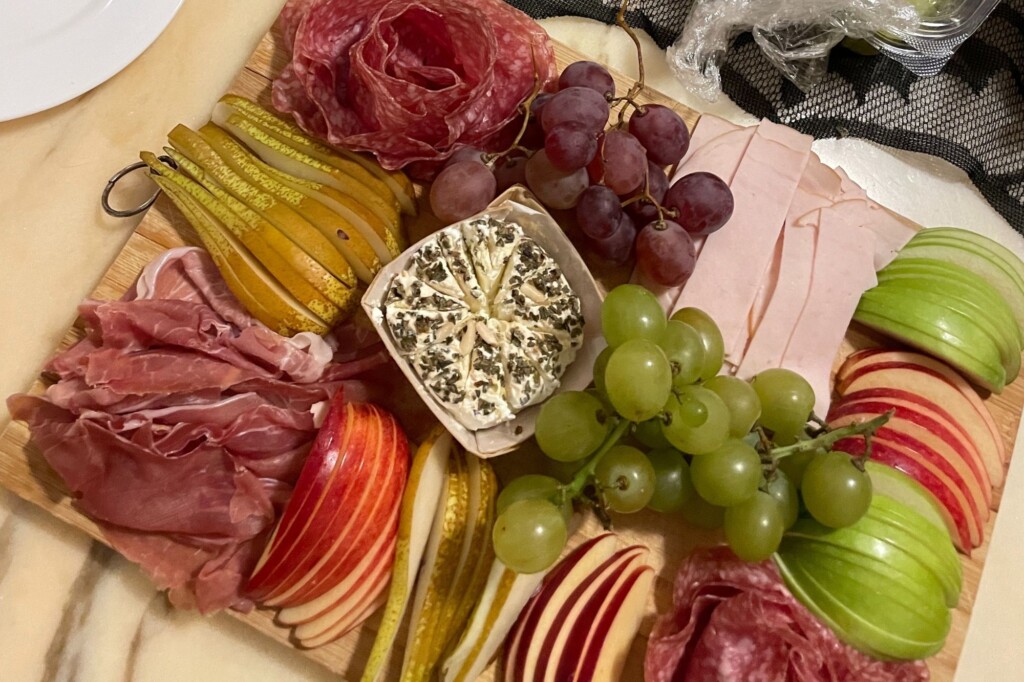
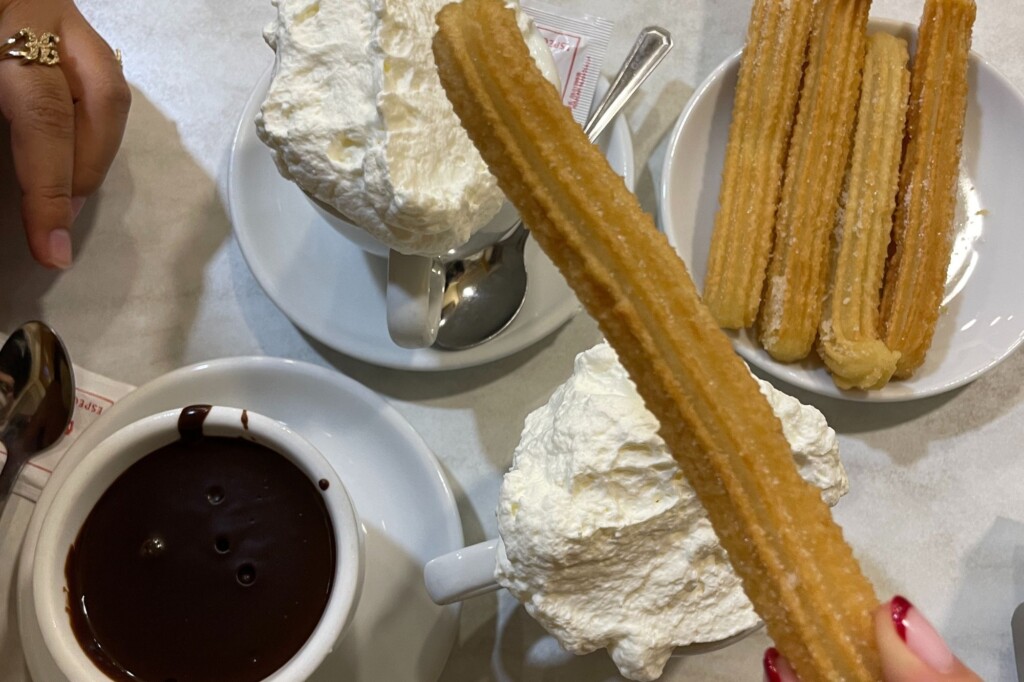


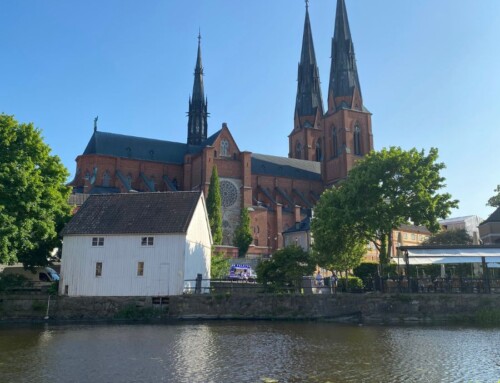
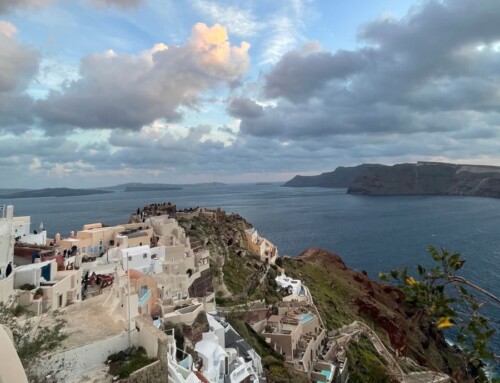
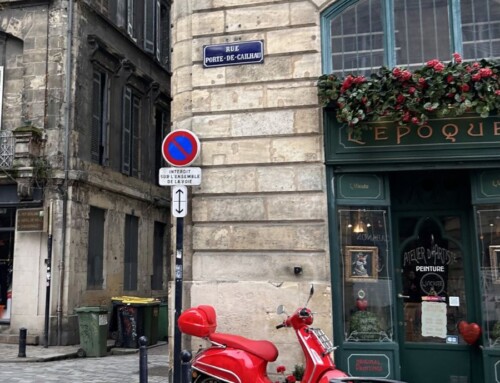

Leave A Comment